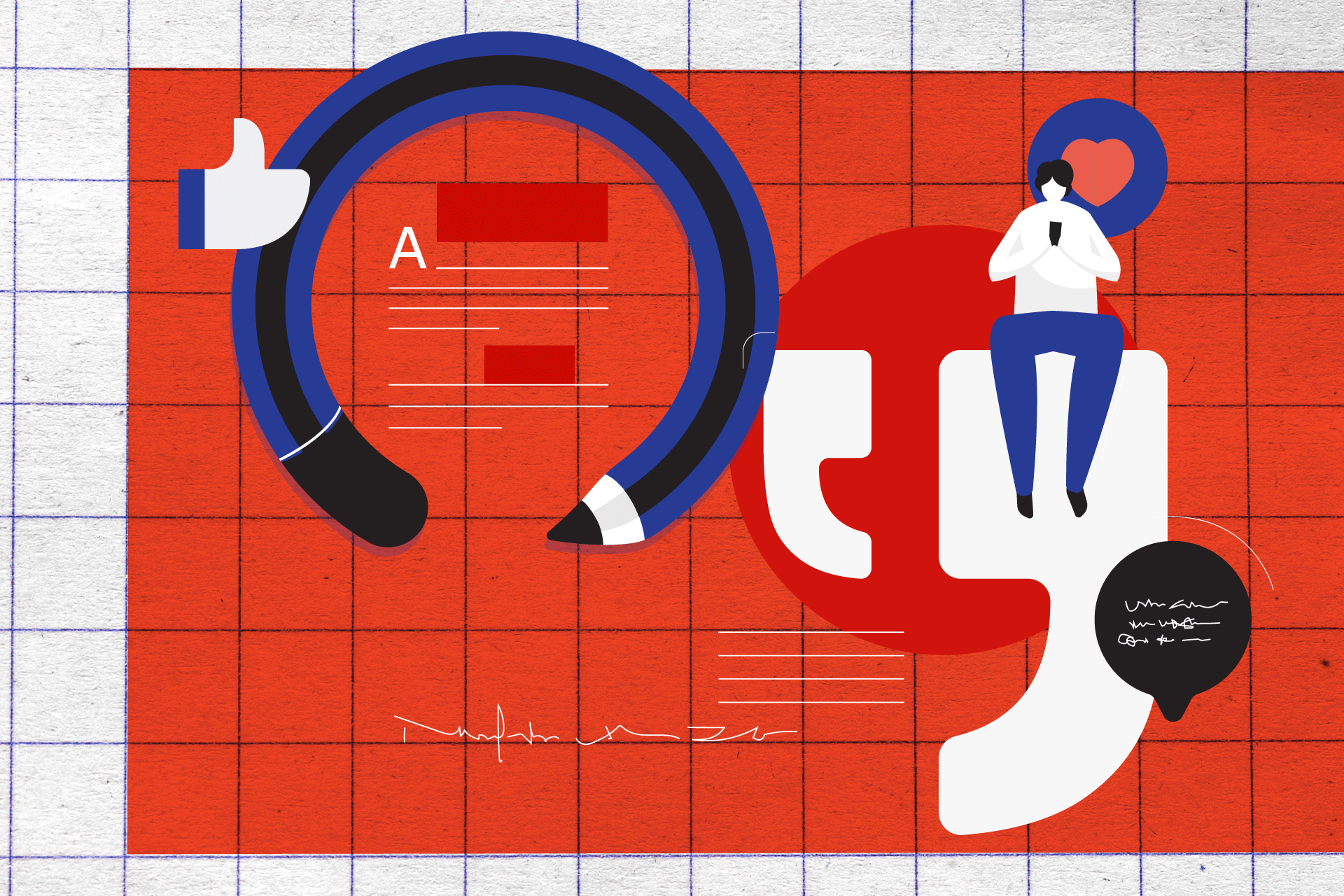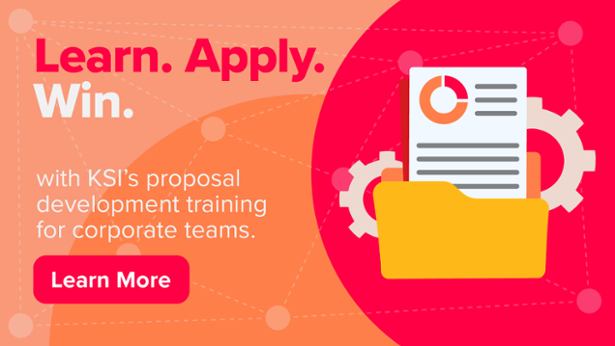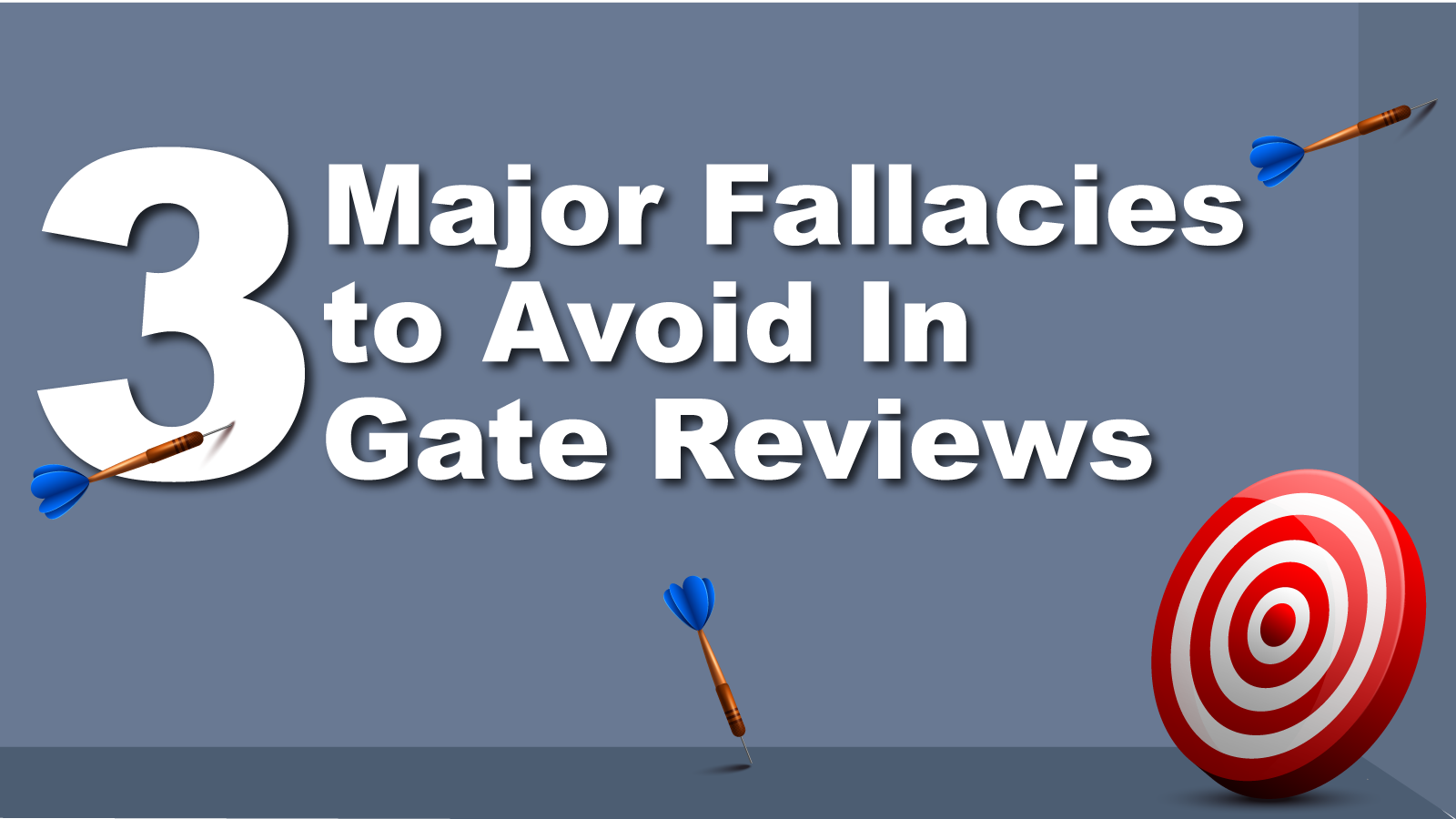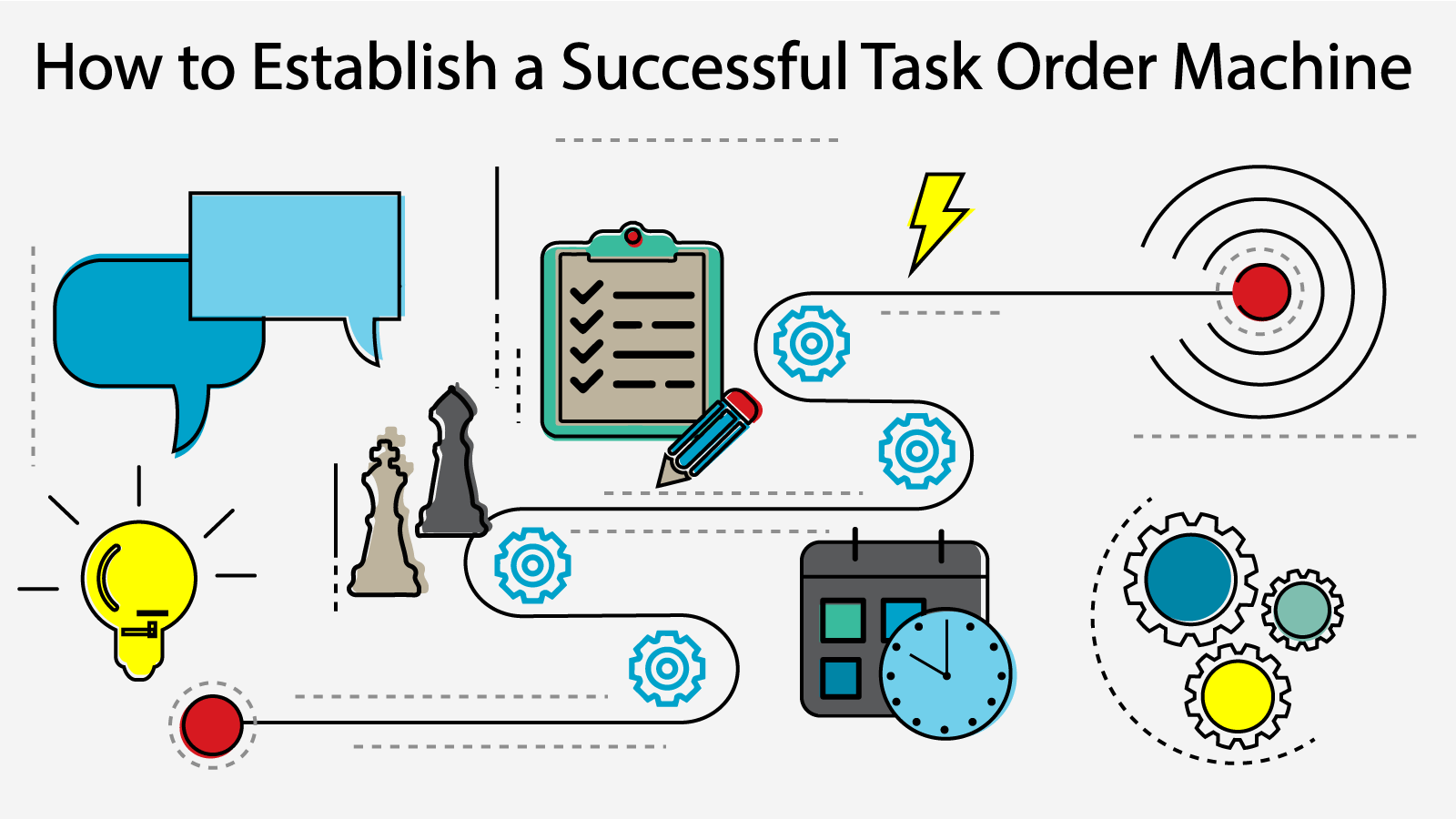
An effective proposal team knows that the art of developing a winning bid can be exhausting due to the unpredictable nature of each procurement.
In certain bid opportunities, companies may have a while to prepare a successful proposal response, but unfortunately, this does not always happen. If you are a proposal professional, you know there are no excuses when it comes to proposal completion and delivery.
Wouldn’t it be comforting to have a structured proposal development process set up to help you succeed?
Following a proposal process is important because it lays the foundation for an organized proposal response and ensures that each bid is developed similarly. Establishing an effective and structured proposal process can help increase the win probability of an upcoming bid.
Remember that the proposal process may vary depending on the opportunity and response schedule, but how can you be sure that the proposal process you are currently using brings you the best results possible?
In this article, we break down key components of the proposal development process and talk about the elements that create an effective process. You will learn how an organized approach can help you deliver a compliant response and avoid any missteps.
Establish a Proposal Schedule
Once the team is assembled, the Proposal Manager should immediately start working on a proposal schedule. A proposal schedule provides the team with milestones and deadlines that must be met in order to develop a proposal in time for submission.
The Proposal Manager should account for the questions' due date, color review dates (Pink, Red, Gold, White Glove), along with pens down reminders for writers to ensure that content is completed the day before each color team review is set to begin. Setting pens down reminders for the entire proposal development team ensures that everyone is aware of response expectations and section deadlines. The schedule should be realistic and give enough time for writing, reviews, desktop publishing/formatting, production, and any submission sign-off activities.
Below are sample schedules from the KSI Advantage™ Capture & Proposal Guide. The first is based on a 30-day proposal turnaround time and the second on a 10-day turnaround time. If the schedule is changed or updated for any reason, the Proposal Manager must ensure that the revision is quickly disseminated to the proposal team.

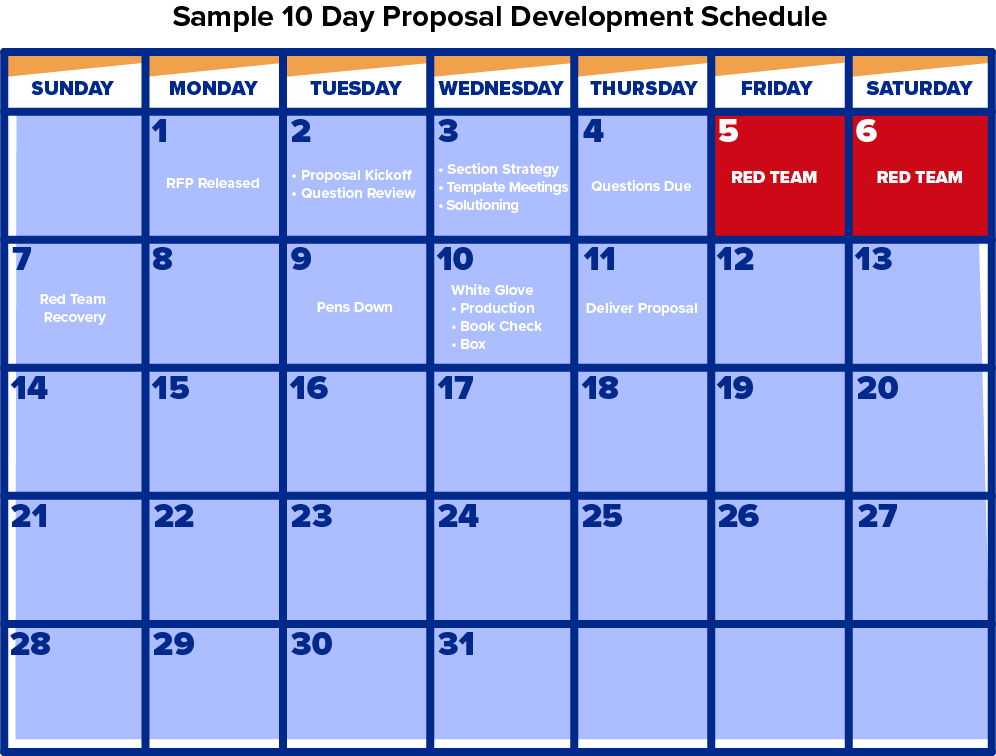
Develop a Proposal Site
During the Kickoff meeting, the Proposal Manager should take some time to go over the proposal site (SharePoint, Microsoft Teams, Dropbox, etc.).
The Proposal Manager should review the folder structure and let the team members know where they can find important documents, such as Request for Proposal (RFP) documents (Attachments, Exhibits, or Addendums), writing assignments, and the compliance matrix.
A proposal site:
- Eliminates version control issues
- Ensures version history of work/reduces potential loss of work
- Enables collaborations in the same document – vital during color reviews
- Ensures the color review process runs smoothly and that each comment gets addressed
- Shares important information with the team in a secure manner
- Organizes all response and solicitation documents
Below is an example of a Proposal Site hosted on SharePoint.

Developing a proposal site ensures that writers can easily find the information they need and can develop the response online with version history. Version control can be a huge issue when writing and editing the proposal response because the team may be unaware of content added by other contributors.
If the writers are using a shared Word document on SharePoint or another proposal site, then it ensures that all comments and content from each edit or review are accounted for. Using an application that allows multiple team members to work in the same document increases collaboration and ensures that every individual involved in the review process can comment in the same document, which reduces conflicting feedback for writers.
Conduct the Kickoff Meeting
Conducting a proper Kickoff meeting provides organization for the entire proposal team. The Kickoff meeting slide deck should contain all information the proposal team needs to know about the opportunity, such as a brief overview of the scope of work, the nature of the project, and the team’s win strategy on the bid.
During the Kickoff meeting, the Proposal Manager should emphasize the importance of sticking to the schedule and inform the team of response expectations. An informative Kickoff sets the tone for the entire bid, so it is important to emphasize the team’s strengths and create a winning environment.
The Kickoff meeting should end with the Proposal Manager reviewing any existing action items and ensuring that everyone is aware of their responsibilities. This can include going over the proposal plan document that outlines each writer’s responsibilities/sections for the proposal.
Develop a Compliance Matrix
A Compliance Matrix is critical to ensure RFP compliance and consistent integration of content throughout the response. The Proposal Manager should create a matrix (table format) in Microsoft Word or Excel based on the requirements listed in the RFP. The compliance matrix should be broken into five sections or columns with headers outlined as follows:
- RFP numbering
- RFP requirement (Instructions, Evaluation Criteria, and Scope of Work/Performance Work Statement)
- Page limitations (if applicable)
- Writer responsible for section
- Notes column to record gaps or comments to help record all compliance issues
The sections within the Compliance Matrix must mirror those in the RFP. The Compliance Matrix can also assist the team with any confusion regarding the RFP requirements so questions can be gathered and submitted to the Government.
The Compliance Matrix is crucial to developing a compliant proposal response; it is the foundation that writers can plant their feet on to develop the proper response. To further ensure the proposal team is fully compliant with the RFP requirements, the matrix should be updated by the Proposal Manager at each milestone or when new solicitation materials are released, such as answers to questions or any amendments.
Create a Proposal Plan Document and Writing Assignments
To ensure that each writer knows which sections they are responsible for, the Proposal Manager and Proposal Coordinator should develop a proposal plan document for the writing team. The proposal plan document should be a reference for each team member so they know which sections they are responsible for.
The earlier writing assignments are made, the more time writers have to review the requirements for their assigned sections and begin crafting content. The proposal plan document should consist of:
- Proposal section number and title
- RFP requirement numbers associated with each proposal section (broken into three basic columns – Instructions, Scope, and Evaluation Criteria)
- Writer responsible for the section
- Appropriate Subject Matter Expert (SME) for the writer to reach out to for support with the section
- Page allocations
- Notes column to record any information helpful for the writers
Developing the proposal plan document and outline first enables the Proposal Manager and Capture Manager to understand the team members needed to develop the proposal. The assignments are made based on the opportunity and RFP requirements.
A proposal team can consist of a Capture Manager, Proposal Manager, Proposal Coordinator, Technical Writers (Volume Managers & Section Leads), Graphic Artist, and Desktop Publishers, and any applicable SMEs or Operations experts that can help provide technical knowledge, expertise, and review support for the response. The Proposal Manager must ensure that each member on the team has a defined role and can provide various levels of expertise to determine the solution.
The SMEs must be involved early on in the process to help answer any technical questions and help the writers respond to requirements. The Proposal Manager should also help the SMEs identify which section they can assist with to provide technical input and detail to make the response more compelling and compliant.
It is critical to identify the roles needed on the proposal team, even if the team is small and one individual is responsible for multiple functions. If the Proposal Manager can effectively manage and communicate with the proposal team, the response will be more organized and the team will be more prepared if they encounter roadblocks and hurdles, such as solution gaps.
Conduct Color Team Reviews
Proposal reviews are categorized in colors and indicate the progress of the proposal response.
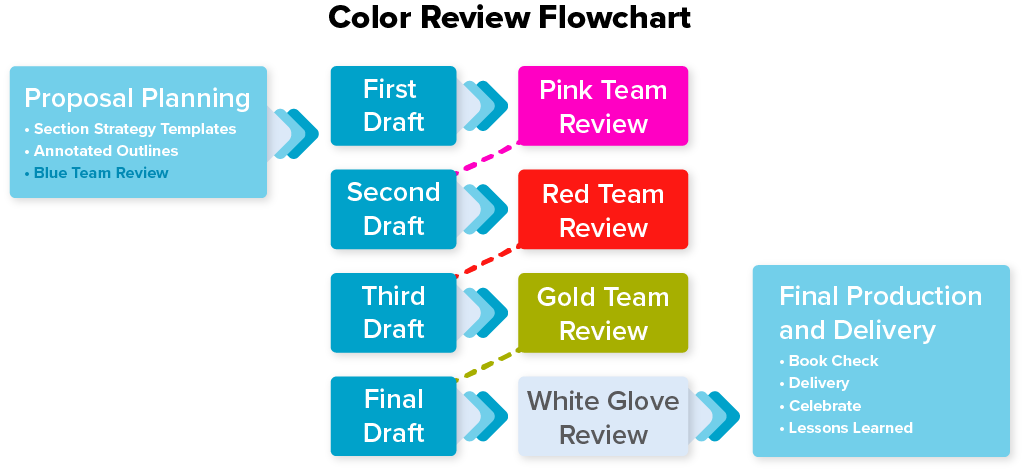
In the first proposal review, the Pink Team Review (proposal response is 60 – 70% complete), the review team should identify any gaps in the solution and review the draft for adequacy of compliance and responsiveness. Next, the Red Team Review (proposal response is 80 – 90% complete) is where the review team scores the proposal and refines technical and management response details to the overall solution, and continues to address any gaps.
The team should also draft and finalize any graphics during the Pink and Red Team reviews. During the Gold Team review (proposal response is 100% complete), senior management and any individuals required for final sign-off should review the proposal response for RFP compliance and solution and content accuracy, and ensure all messaging aligns with the direction from the decision-makers.
The proposal will go through a copy edit and final desktop publishing for formatting and to check that final graphics and resumes are properly included. During the White Glove review, team members will review the final submission version of the proposal for glaring errors.
The entire proposal team should be familiar with the color review process and the Proposal Manager should go over the details of the color review process in the Color Team Review Kickoff meeting to ensure all team members understand response expectations.
Please note, this process can be slightly adjusted if there is only time for one review. If that is the case, the team should be in constant communication to adjust to any gaps in solution or an individual, such as a SME, can take on writing responsibilities to accommodate for a smaller proposal team.
Submit the Bid
The proposal team should give an adequate amount of time to submit the proposal, typically a few days or a week before the response is due to the customer, depending on the type of submission (electronic vs. hardcopy). Whether the response is to be mailed in or submitted electronically, the Proposal Manager should always develop a primary and backup delivery plan.
The proposal team should be aware of the date the proposal response needs to be complete, the delivery date, method of transportation, and the team members responsible for delivery. Scrambling around last-minute, attempting to find an individual that can help with the final touches of a response is not ideal. Make sure that all individuals involved in the final editing, desktop publishing, and production of the proposal response are aware of their involvement and responsibilities. Contacting an individual late in the proposal process can result in unnecessary stress and mistakes.
Facilitate a Lessons Learned Review
After the proposal is submitted, the proposal development team should capture lessons learned during the opportunity. The team should conduct a lessons-learned session to document opinions, findings, and conclusions during the proposal process.
A lessons-learned session aims to identify improvement areas for future projects and strengthen the proposal process through in-depth analysis. If the proposal team cannot gather for a lessons-learned session, the Proposal Manager should send an After-Action Report survey asking the team for suggestions and where improvements can be made.
Conclusion
Developing an effective proposal process can be arduous, but if you have the right tools in place then any proposal team can be given a winning chance. Having a great solution can be eclipsed by a proposal response that failed to be organized effectively. To seize the opportunity, the proposal team must always be ahead of the curve.
An effective proposal process means that the proposal team is cohesive and prepared to tackle the requirements in the RFP. Your chances of winning a bid increase when using a structured proposal process.
Want to improve the performance of your proposal team? Key Solutions can evaluate your current proposal process, identify skill gaps, and develop an actionable plan to ensure best practice adoption across your team. Learn more.
This article was originally published on March 11, 2021, and updated on May 4, 2023.


